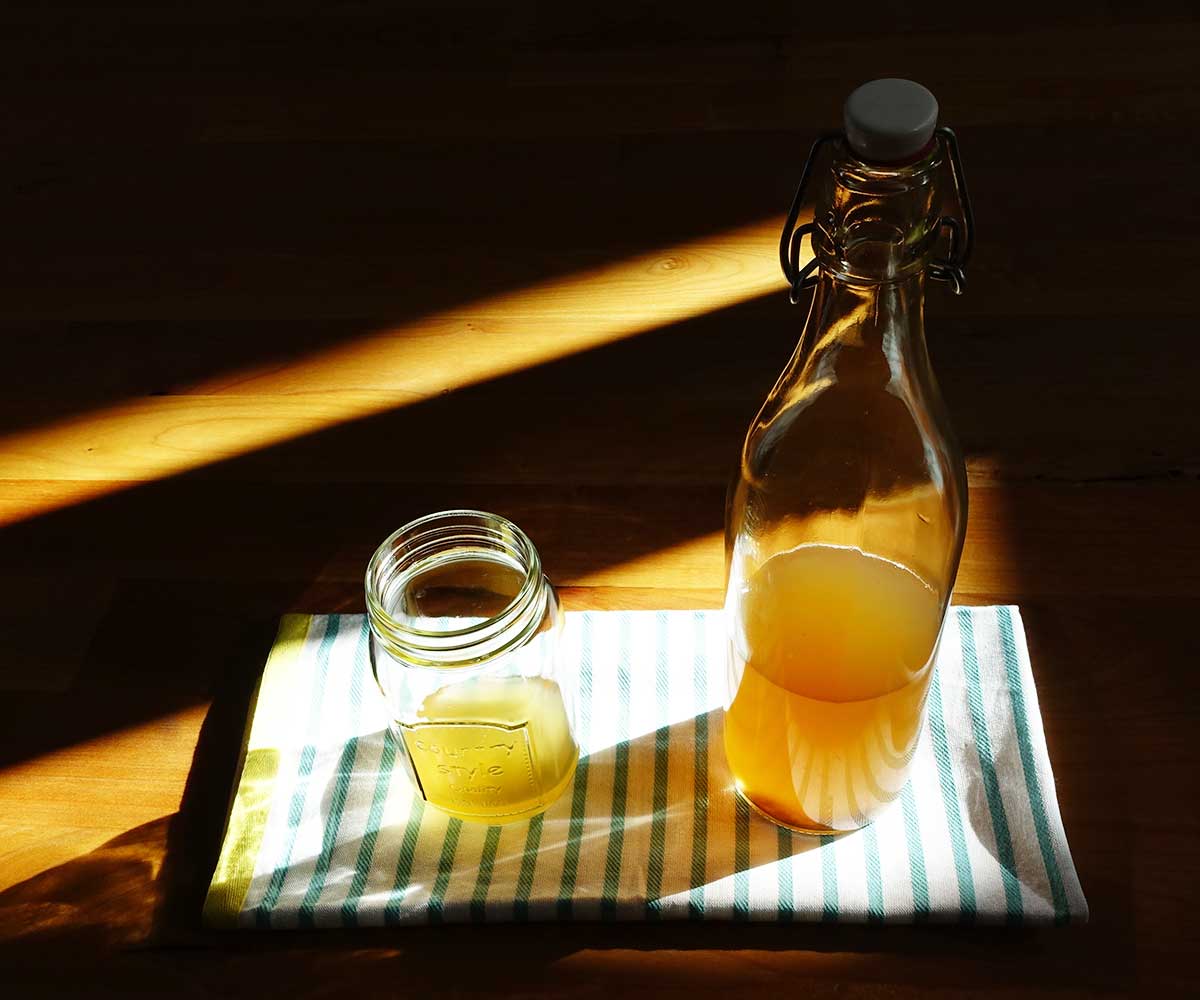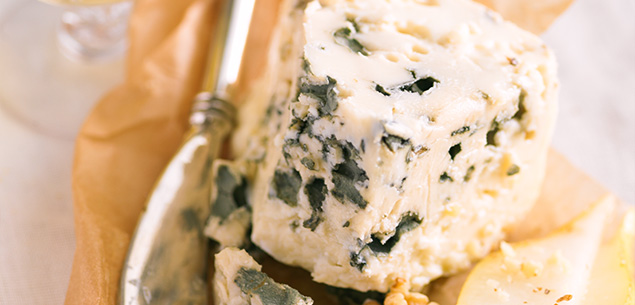Kombucha is a health tonic not a fizzy drink. It’s wise to drink no more than about 250ml a day of home-brewed kombucha (for people with digestive problems, food intolerances or IBS, slowly increase consumption from 1 Tbsp a day). Bought kombucha is likely to be weaker than home-brewed, so you could drink more, but keep it to one small bottle a day at the most.
When you brew kombucha at home it’s important to practise basic hygiene, not use anything metal (kombucha leaches heavy metals like lead from metal) and discard anything that is growing mould. Clean equipment regularly in hot, soapy water and keep kombucha out of direct sunlight.
Although sugar is mixed with tea and water at the start of the brewing process, by the time it’s ready the bacteria and yeast have eaten all the sugar, so kombucha is naturally very low in sugar. However, some bought products may have sugar added to make it more palatable. Check the sugar content of different brands.
The caffeine level in kombucha is quite low – about one third of the amount in the black tea used at the start of the brew. If green tea was used instead, it’s even less.
Kombucha does contain small amounts of alcohol but these levels are unlikely to have any negative health effects. If you make your own, the more vinegary the brew is, the more alcohol will be present.

-scaled.jpg)
